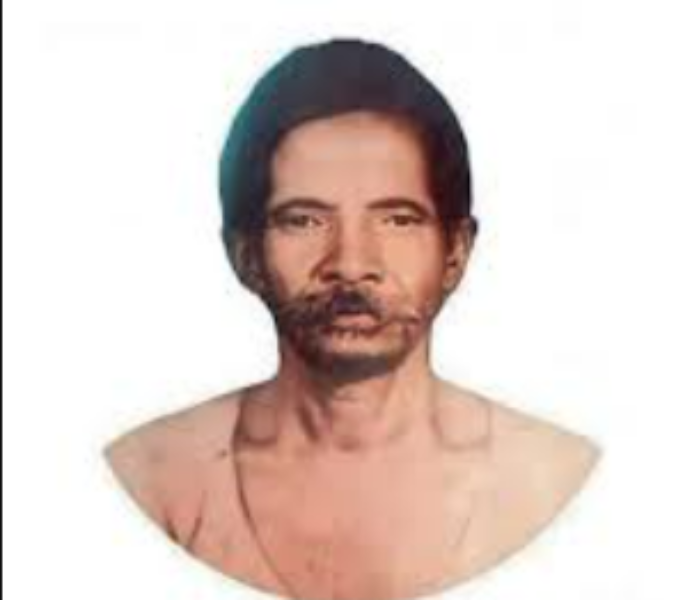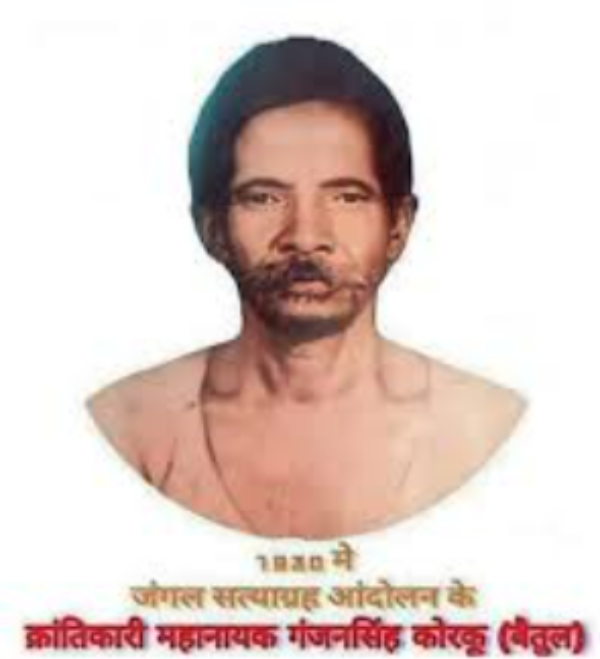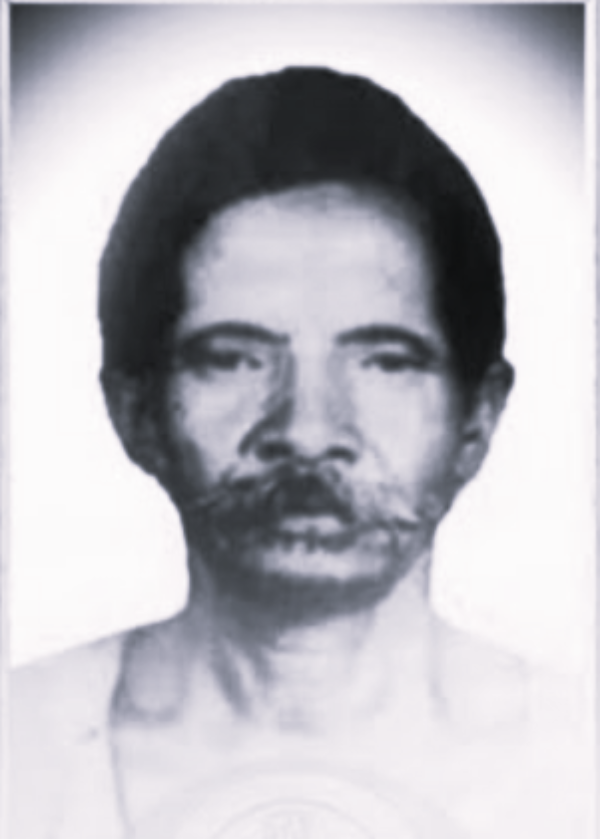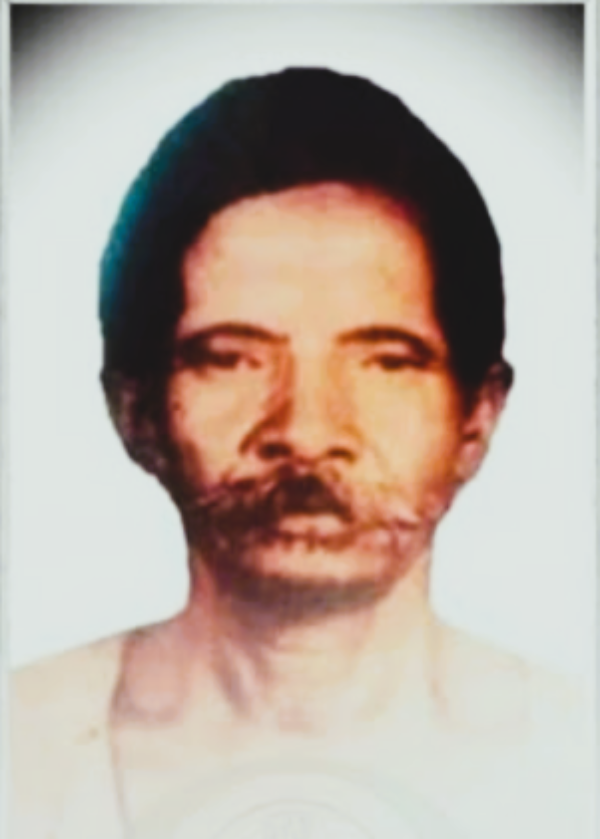State
Tribe Name
Art Type
short description
Coming from the Betul district, Sardar Ganjan Singh Korku was a prominent leader in the indigenous opposition against British colonial troops. Born in Banjari Dhal, he became an important leader during the 1930 Jungle Satyagraha campaign. His bravery motivated many tribal people to challenge oppressive forest regulations enacted by the British, therefore establishing him as a representative of indigenous resistance in India's liberation movement.
Thumbnail

Filter Postion
Left
Filter Background
Off
Theme
Filter Header Image

content
Image

description
Coming from the Betul district, Sardar Ganjan Singh Korku was a prominent leader in the indigenous opposition against British colonial troops. Born in Banjari Dhal, he became an important leader during the 1930 Jungle Satyagraha campaign. His bravery motivated many tribal people to challenge oppressive forest regulations enacted by the British, therefore establishing him as a representative of indigenous resistance in India's liberation movement.
Image Mode
portrait
Image
description
Sardar Ganjan Singh was Korku, an Adivasi group mostly found in Madhya Pradesh and sections of Maharashtra. Known for their distinctive cultural practices, this tribe usually adept in agriculture and forestry-related tasks values community governance. As an important part of the tribal independence movement, the Korku people actively opposed British forest controls that limited their means of subsistence.
Image Mode
portrait
Image

description
Pic 3. Prominent Korku Leader
Singh was in charge of the Jungle Satyagraha in 1930 following the arrest of Deepchand Gothi. In protest, he breached British forest regulations with a gathering of more than 500 tribal people, causing conflict with the police. With later police opposition causing Singh to temporarily flee and be arrested, his leadership brought together tribes throughout the area. This act of defiance highlighted the part the tribal people played in the fight for liberation.
Singh was in charge of the Jungle Satyagraha in 1930 following the arrest of Deepchand Gothi. In protest, he breached British forest regulations with a gathering of more than 500 tribal people, causing conflict with the police. With later police opposition causing Singh to temporarily flee and be arrested, his leadership brought together tribes throughout the area. This act of defiance highlighted the part the tribal people played in the fight for liberation.
Image Mode
portrait
Image

description
Singh, who hails from the Korku tribe, attracted a lot of notice from British officials for his leadership in Betul's tribal regions. Following the Satyagraha, he was detained in 1930 and given a five-year jail sentence. He was released after eighteen months, though, thanks to the resiliency and support of his neighborhood. His imprisonment and this hard trip bring attention to his dedication and courage as an unsung hero of India's liberation movement.
Image Mode
portrait
Image

description
Sardar Ganjan Singh Korku was not only opposing British oppression; his acts also brought his people together. His struggle brought to light India's independence movement's particular problems and points of view of indigenous people, therefore honoring their sacrifices. Especially at the Ranipur Police Museum, which highlights tribal contributions to the independence fight, Madhya Pradesh honors his legacy.
Image Mode
portrait
promoted
On
Verified
On
